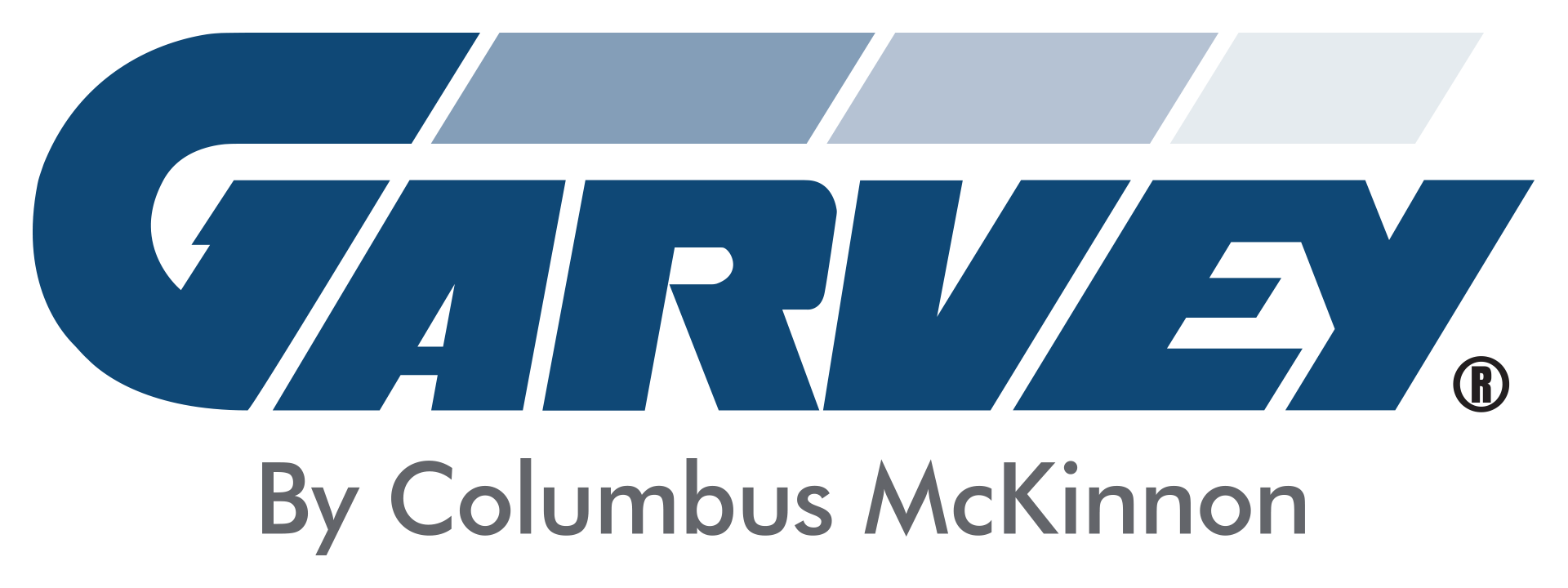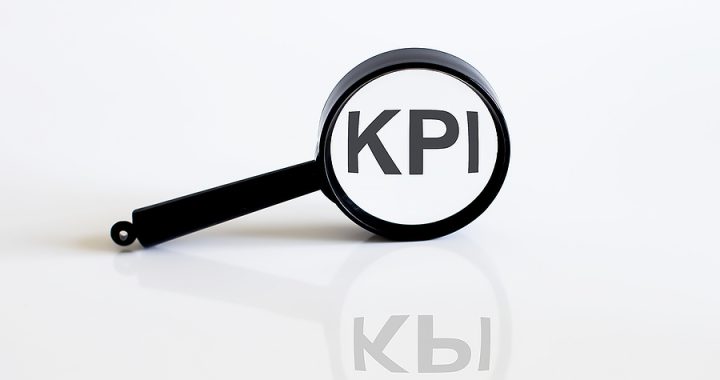There is no shortage of key performance indicators (KPIs) you could be tracking. And, no doubt, they will all give you insight into some aspect of your operations. But not all KPIs are directly related to profitability and growth. You may spend time and energy (and likely money) improving some KPIs only to find that they don’t have an appreciable impact on your bottom line. It’s even possible that KPI improvements can decrease your profitability (see our article on why efficiency isn’t a good measure of performance).
So, which KPIs really matter? Meaning, at the end of the day, which ones will increase your bottom line?
There isn’t a single KPI framework that will be right for every company — your ideal KPIs will depend on your unique operations and challenges. But, by making the following production line KPIs central to your strategy, you can ensure you’re focusing on profitability and performance.
1. Throughput
You may be surprised to see throughput at the top of this list. We’re surprised that it isn’t the top KPI on every list!
From our decades of experience working with manufacturers in a wide variety of industries, we’ve identified throughput as the single most important metric every company should be measuring.
Why? Because it’s the ultimate measure of your line’s performance. Throughput is your rate of production, or how much quality product you make in a certain period of time (e.g., 2000 units/hour). Every other KPI on this list (as well as those we’ve left off) is in some way aimed at increasing your throughput.
2. Throughput time
A lot of manufacturing KPIs are interrelated, but examining them separately will help you home in on where your challenges and opportunities for improvement lie. That’s the case with throughput time, aka cycle time.
Throughput time is how long it takes for you to transform raw materials into finished goods — the whole process, from start to finish. Obviously, the faster you produce products, the more products you can produce per unit of time.
Throughput time is divided into four components — processing time, inspection time, move time, and wait time. Knowing how long each product spends in each time category will give you insight into where you have room for improvement. For more on this topic, read “How To Decrease Your Manufacturing Throughput Time.”
3. Overall equipment effectiveness (OEE)
OEE measures effectiveness using three factors: availability, performance, and quality. This measurement can be taken for individual machines as well as for entire lines.
OEE % = Availability X Performance X Quality
Again, looking at the component parts of OEE will help you identify room for improvement. For example, if your availability and performance are both at 90% and your quality is at 75%, then improving quality will likely be the best way to increase your OEE.
4. Unplanned downtime
Downtime factors into the availability component of OEE, so this is another example of interrelated KPIs. While there are two types of downtime — planned and unplanned — most manufacturers already have a pretty good idea of their planned downtime. Unplanned downtime due to machine outages and failures can be harder to get a handle on. It can also be incredibly costly in terms of decreasing throughput.
5. Capacity utilization
This measure tells you whether you’re using your machines to their fullest potential. If, at every moment, all of your machines are running at full capacity, then your capacity utilization is 100%. That’s not likely to be the case — unplanned downtime gets in the way, as does the fact that machines on a line often have different run rates, so some machines remain underutilized.
Use our online Line Efficiency Calculator to calculate the efficiency of individual machines and of your overall line. This isn’t exactly the same as capacity utilization, but it will help you identify what equipment you may be underutilizing.
6. Quality
As a component of OEE, the % of quality products that come off of your line is also factored into every other KPI. You’ll notice that our throughput definition above specifies “quality product.” If your line is capable of producing 1,000 units/hour, but 800 of those units come out damaged, then your actual throughput is only 200 units/hour.
Read “3 Key Features of Garvey Accumulation Systems” to learn how our patented technologies help manufacturers increase line speeds without sacrificing quality.
7. Average changeover time
Finally, it has become common for manufacturers in industries such as food and beverage to use their lines for more than one product. In some factories, changeovers happen multiple times a day, which means that they can be significant sources of downtime if they’re not done efficiently. If your average changeover time is impeding your production, you might want to consider newer equipment, much of which facilitates fast changeovers through features like tool-less assembly and disassembly.
Since its inception, Garvey has focused on helping manufacturers maximize their throughput. Our solutions will help you tackle many of the KPIs on this list, including reducing unplanned downtime and increasing capacity utilization. Contact us to learn more about how we can help.




